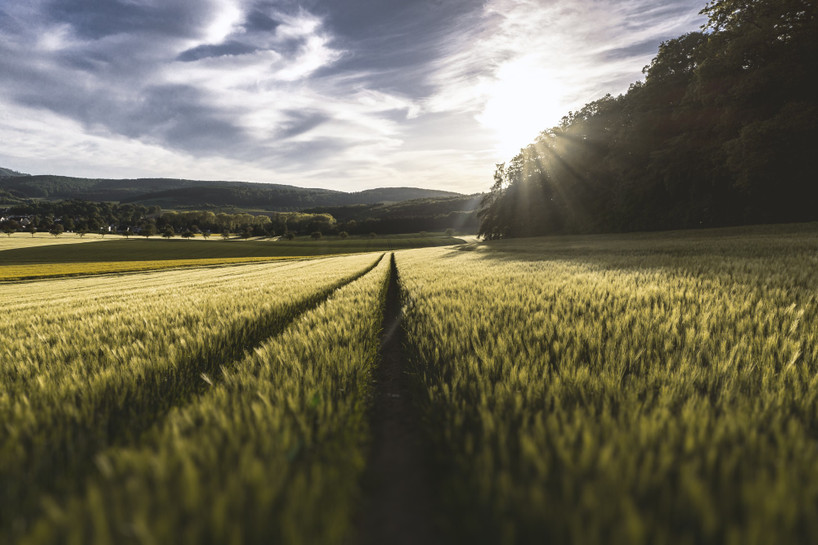Get Ready for Spring 2020 with These Seed Planter Maintenance Tips
When fall gives way to winter, it's the perfect time to begin your seed planter maintenance! The weather outside is beautiful and it's the perfect time of year to get ready for spring next year.
Seed planter maintenance is important to every gardener from the hobbyist, to the produce farmer. Take advantage of this seasonal window to optimize your growing environment which will help you yield a larger harvest of whatever you grow.
Everyone knows this time of year can be hectic with holidays and kid's school starting, however, we've created a simple checklist to help you cover what's important.
Keep reading for 9 key tips for seep planter maintenance.
1. Evaluate Meters
You can't depend on a dirty or foggy meter, dirt can cause them to give incorrect readings and can hide cracks or dings. To keep meters performance ideal, take them apart every winter to clean and replace broken parts.
Clean them with warm soapy water; harsher cleaners like oil and diesel should never be used during meter replacement. Once the meter is clean remove broken plastic covers.
Replace worn down or broken parts like fingers, or seed brushes. Check if the chromium hose has formed a hole over the growing season if so, it's time for a new one.
2. Check The Seed Opener Discs
You need to check that your seed opener discs are opening a proper distance so they aren't compromising the depth of the seed placement. The seed opener discs should also come together in the front.
You can check if the openers are in proper condition by placing two business cards in-between the openers and then move them as close as possible together.
If the openers are worn you will get a "W" shape, instead of the proper "V" slot.
3. Planter Unit
If a planter unit is loose or wobbly it can compromise seed depth placement. Your planter should be leveled from side to side. If one side is higher than the other than your planter needs some work.
Common problems are usually simple like loose bolts or a missing bushing. You may also need to replace any broken or cracked seed hoppers.
4. Inspect Seed Tubes
Broken seed tubes can begin to fray and curl, catching seedlings instead of actually planting them. There is a small hook half-way through the seed tube that easily becomes broken or dislodged.
Some seed tubes have a small dog-ear shape within the tube that sporadically circulate flushing the seeds out of the tube.
This shape should be able to move through thick residue, so to make sure it's in proper condition turn it constantly while cleaning.
5. Seed Firmers
Seed firmers help push the seed deeper into the seed furrow. This helps deposit the seeds at a depth accurate for growing. If seed firmers seem worn or cracked replace it.
Seed depth is important because the top layer of soil is usually the driest, so you'll want to place the seed deeper in soft soil. Placing the seeds at a good depth will encourage your harvest.
6. Row Cleaners
Checking on your row cleaners is an important part of seed planter maintenance. Row cleaners sweep sticky residue through the seed planter, it's important to move only residue not soil.
Evaluate how your row cleaners are running, they shouldn't be moving constantly. They should turn sporadically, especially in areas of thick residue.
Like any other part of your planter, if you notice any worn or damaged parts of your row cleaners replace them.
7. Check Your Closing Wheels
Closing wheels are worn easily, especially if you have rubber wheels. If you have rubber wheels you may find yourself changing your wheels more often than those who don't use rubber wheels! There are many alternatives like cast iron or spike wheels.
Closing wheels should be 1.5-2 inches apart and the closing wheel arm should be sturdy. If the closing wheel arm looks unstable, it may need to be replaced.
8. Closing Wheel Alignment
If closing wheels are unaligned it will affect the placement of your seeds, which will affect how many seeds successfully sprout. Your closing wheels should not run over the seed furrow, either.
To check the alignment of your seed planter, place it on concrete and pull it about 5 feet. Look at the marks left by the double-disc openers, they mark should run straight down the centerline between closing wheels.
9. Down Pressure And Parallel Linkage
Down pressure springs and the parallel linkage, they're connected to are important for accurate seed depth placement. Down pressure springs transfer weight from the planter frame to seed openers to penetrate the soil.
There should be enough transfer from the down pressure springs to the parallel links so that the depth wheels are resting firmly on the soil. Bushing connections on parallel links can become worn which will cause seed bouncing!
To see if you need to replace any worn bushings, stand behind the row-unit and wiggle it up and down, you want it to feel tight and not give way under pressure.
Maintaining Your Seed Planter
It's important to make seed planter maintenance a routine part of your harvest cycle. It will not only encourage your seed growth but it will help you get organized for the following spring.
Keeping your seed planter in good condition will help you plant your seeds at a depth crucial to growth. Keeping up on routine seed planter maintenance will also save you time and money in the long run, instead of having to buy a new tool altogether you'll have to tighten a few bolts or replace a small part.
Make sure you have the most successful harvest possible by taking care of your seed planter!
Check out our blog for more crop growing advice and insights.
 US Dollars
US Dollars
 Canadian Dollar
Canadian Dollar
 Australian Dollar
Australian Dollar
 Euro
Euro


